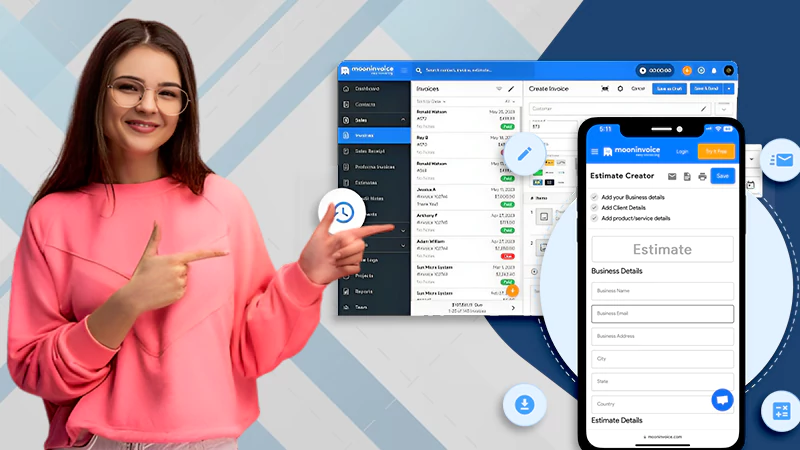How Can You Validate Software Functionality With Cross-Browser Testing?

So, you’ve taken the plunge and decided to create your website/ web app from scratch. Well, you’re on the right track.
But with so many users on the internet and several browsers available, you’d never know from which your users view your website.
Your web app might just look good on Chrome but what if it does not work on Edge, what about Safari and Firefox?
If your website does not work here, then your users just might jump ship and go to your competitors instead.
This is why you need to do cross-browser testing for all your apps or sites.
So, what is cross-browser testing?
It is a type of non-functional testing that allows you to check if your app or website works and looks as it is supposed to across browsers, devices, and platforms. It also helps you check if your site still functions correctly for assistive tools like screen readers.
Besides, if you also want to check your app or website for device testing, you can use a real device cloud. It allows you to test your app on many real devices with different specs and operating systems.
DID YOU KNOW?
Different browsers read website code differently. This means that developers need to ensure that both current and previous versions of browsers understand the code correctly.
How Do You Perform Cross-Browser Testing
Well, everyone who designs and develops for the open web knows that you need to do cross-browser testing.
But before we get to it, we need to prepare first.
To start running a test on your app or site.
1. Set Up Your Baseline
You need to start with the basics. Go through all your design and functionality tests on your main browser (Usually Chrome or Firefox). This can give you an idea of how your website is supposed to look and function.
2. Create a Testing Plan and Pick Your Browsers
Use a test spec document to decide exactly what you need to test. Then decide on which browsers and OS combinations to test your site on based on the device popularity and site traffic analysis.
3. The Real Testing Begins
Manual Testing
This one needs human testers to test out different scenarios in sequence.
Then look for changes in its functionality across different web clients, or manually test for scripts on other platforms or clients.
Since it is pretty basic and time-consuming, it is usually recommended for small sites and apps.
Well, to begin with, manual testing, you first need to have a number of different types of browsers, operating systems, and devices on your hands.
Then based on your test plan, pick a device and browse, and then manually launch your site or app on each of them to look for changes.
Since you are doing everything manually, the whole testing process is pretty time-consuming. Also, the fact is that manually testing for every aspect and every browser is pretty impractical too.
This is why most developers jump straight to automated testing.
Automated Testing
Since testing manually is time-consuming and impractical, choosing automated testing is the only option left for them if they want their apps to look and perform at their best across platforms and devices.
And also, the best part about it is that it takes little to no time to test out practically every scenario you can imagine.
How to Start With Cross-Browser Testing: Complete List
While setting up your testing environment, there are a few key things to keep in mind if you want your testing to be a success.
Here’s a list for you:
1. Try Handling Older and Rarely Used Browsers: Not all your users will come from newer browsers and systems. Check to see if any of your users use old browsers and add them to your test cycle.
2. Test Early: You can start testing as early as you start writing the first code. This can help your team detect and fix any issues early.
3. Handle Non-Browser Bugs Too: Some bugs don’t just rely on the browsers (Like CSS errors) to show. While it is optional, you can check them on different popular browsers.
4. Prioritize Browsers: You need to choose and sort between browsers and separate your testing priority based on what browser most of your users come from. Test the popular ones first and the older and rarer ones later.
5. Future Expansion: Your testing needs to make sure that your website or app will grow over time. Think about if your user base exploded, and you haven’t had time to test for it. It can spell disaster for your site.
Global Browser Market Share for Different Browsers

As of November 2023, Google Chrome is the world’s leading internet browser, with a global market share of 62.85%. Apple’s Safari is in second place with 20.04%
TL;DR
Cross-browser testing is a great way to validate the functionality and accessibility of your new website or app across different platforms, browsers, devices, and operating systems.
There are different ways to test your apps, and automated testing is preferred over manual testing due to time and resource needs.
Also, you need to keep in mind some things for planning out your browser testing cycle.
Also Read: How to Achieve the Best Cross-Browser Compatibility









